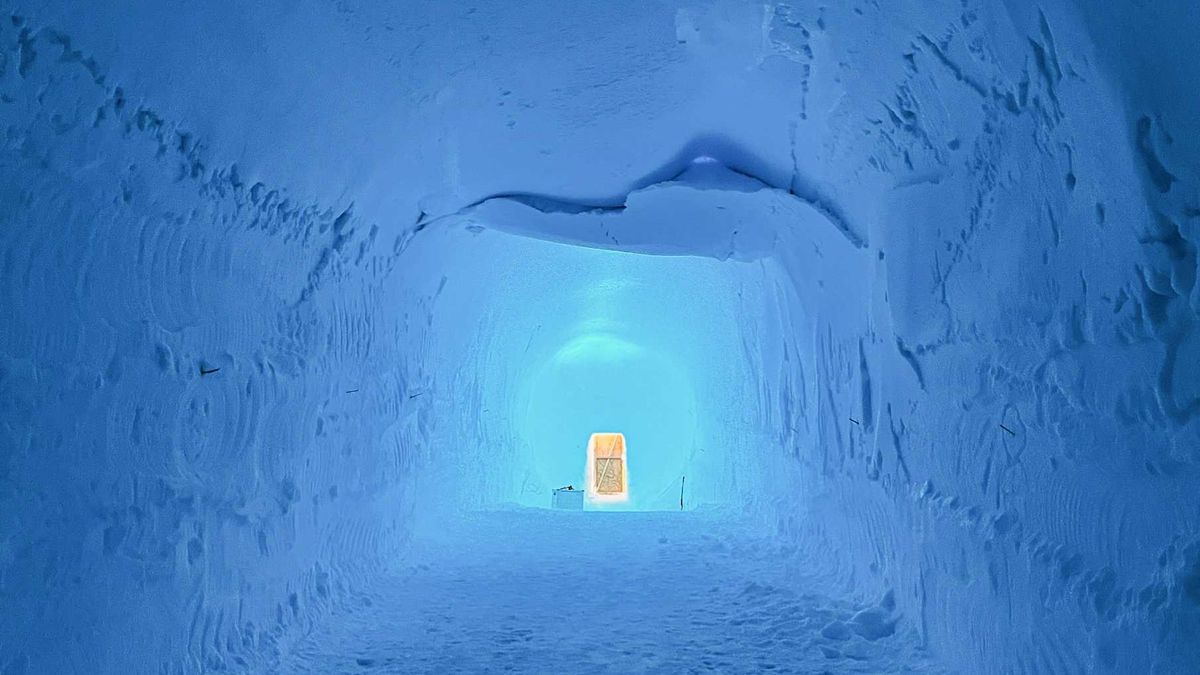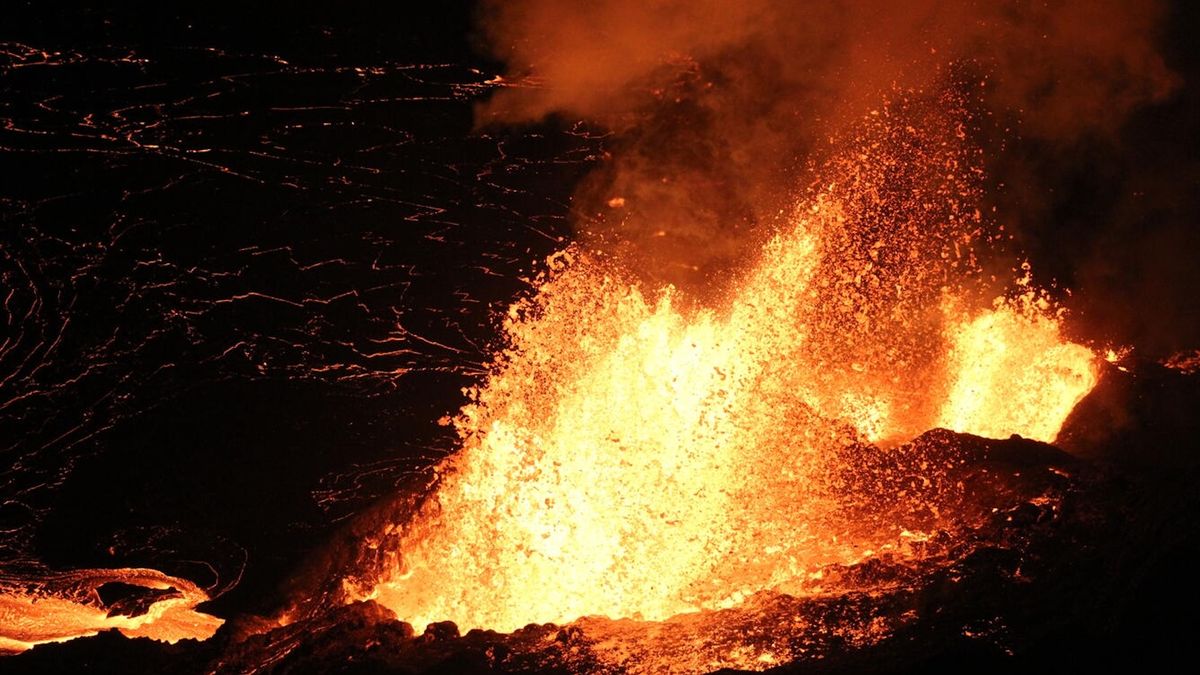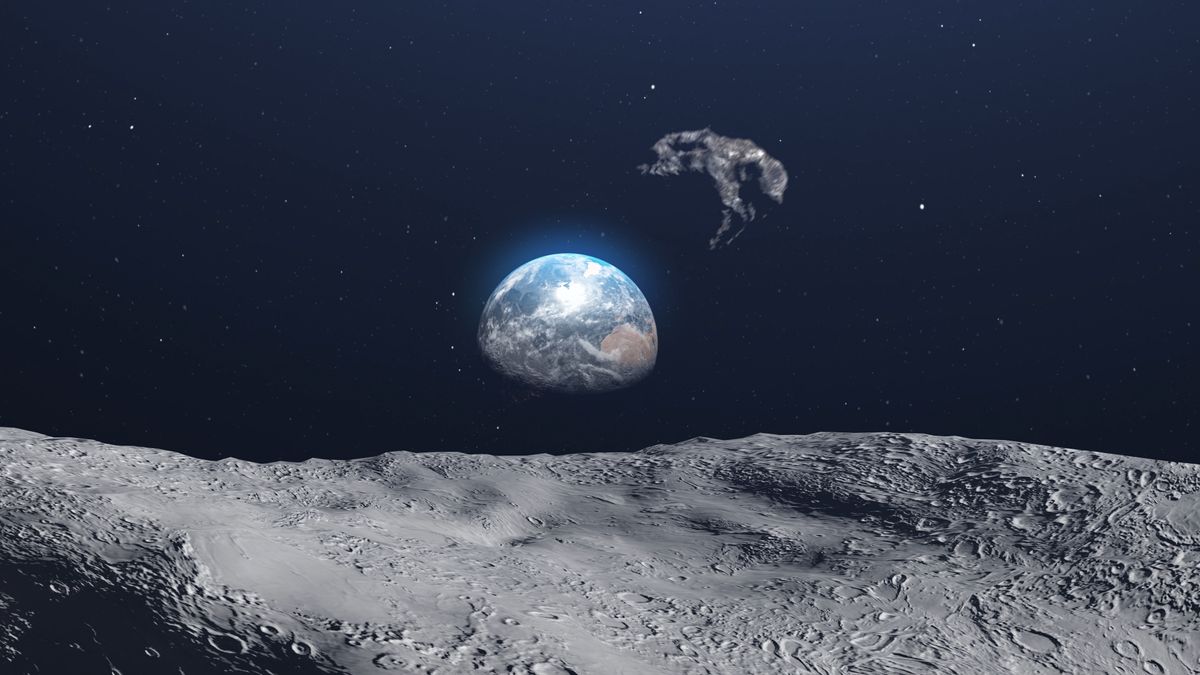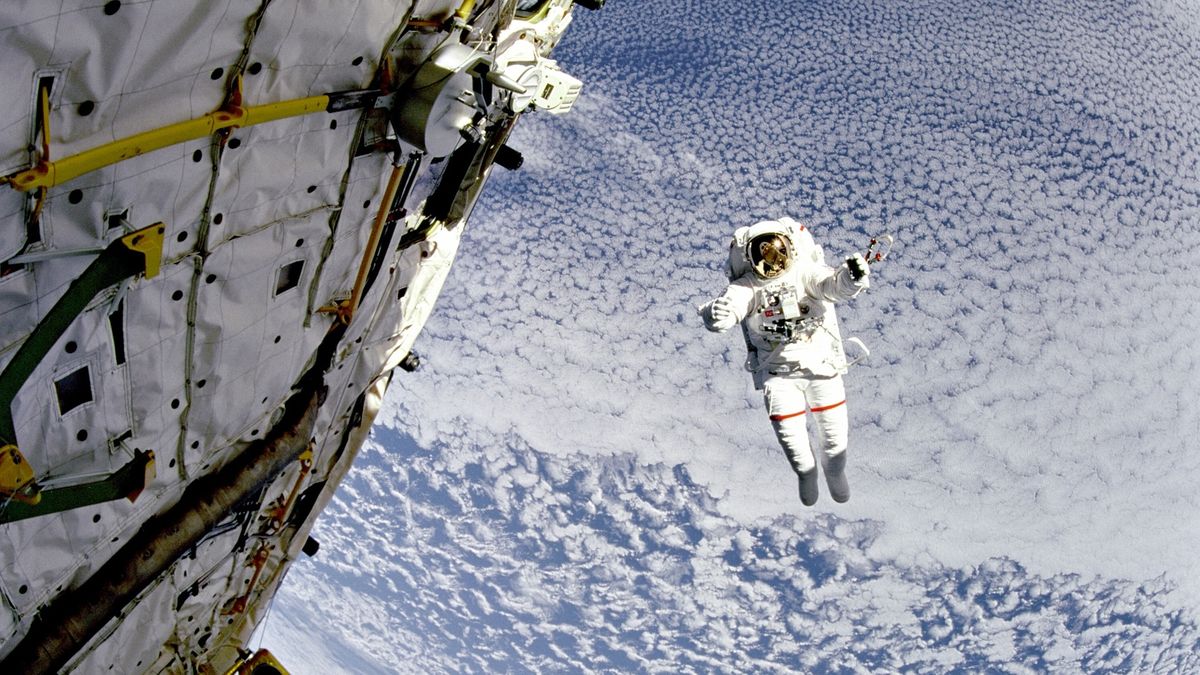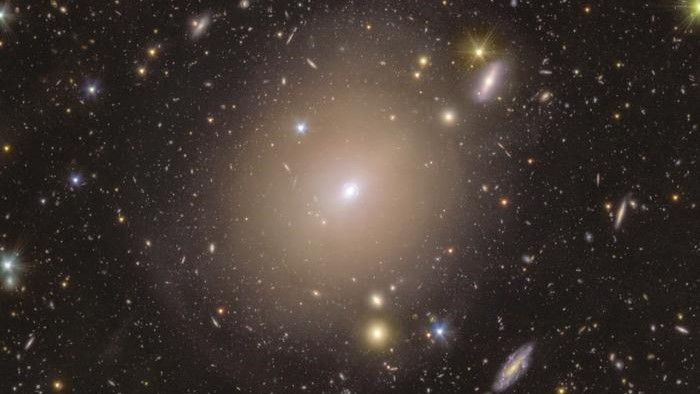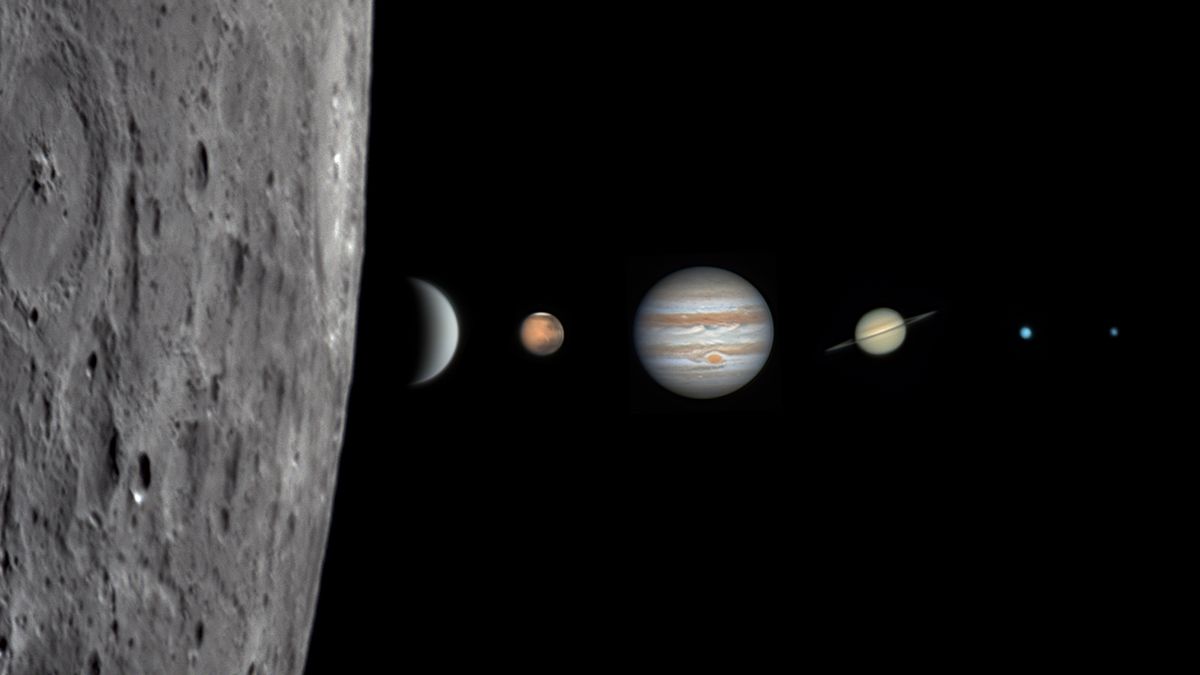In a first, researchers have recorded countless “ice quakes” that sporadically shake the Greenland Ice Sheet. These quakes may explain the jerky way that the island’s frozen rivers move downstream toward the sea, the scientists say.
Researchers detected these quakes by lowering a fiber-optic cable into a 1.7-mile-deep (2.7 kilometers) borehole in the Northeast Greenland Ice Stream — Greenland’s largest frozen river that serves as the main artery through which ice is discharged from the ice sheet’s interior into the North Atlantic Ocean.
Similar to earthquakes, ice quakes are seismic events that can happen in ice when it fractures and two slabs grind against each other.
Ice quakes in Greenland have gone undetected until now because they are blocked from reaching the surface by a layer of volcanic particles buried 2,950 feet (900 meters) beneath the ice, the researchers said in a statement. These particles originated from a huge eruption of Mount Mazama, in what is now Oregon, about 7,700 years ago, they said.
Related: Greenland’s ice sheet — the second biggest in the world — is cracking open at alarming speed, scientists discover
Not only do volcanic particles prevent seismic waves from traveling to the surface, but they may also be directly responsible for the quakes, Andreas Fichtner, a professor of geophysics at the Swiss Federal Institute of Technology (ETH) in Zurich and the lead author of a new study published Feb. 6 in the journal Science, said in the statement. The ice quakes probably start from impurities in the ice, such as sulphates and other particles, which may destabilize the ice and lead to the formation of small cracks.
“We were astonished by this previously unknown relationship between the dynamics of an ice stream and volcanic eruptions,” Fichtner said.
Ice quakes can trigger other ice quakes like dominoes, and thereby propagate horizontally over large distances, according to the statement.
Rethinking how ice streams move
Researchers are interested in ice streams — and the role ice quakes play in the way these streams move ice — because they dump large amounts of ice from glaciers into the sea, contributing to sea level rise. Uncertainties about how exactly ice streams transport their load lead to errors in computer models that help scientists assess the future impacts of climate change.
Previously, scientists thought that the ice only flows slowly through these rivers like thick honey. But the new finding, along with previous research, has forced scientists to rethink the way ice moves.
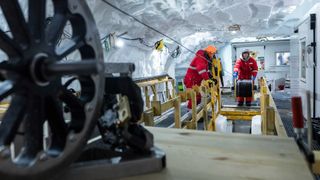
“The assumption that ice streams only flow like viscous honey is no longer tenable,” Fichtner said.
Instead, the new data confirm that tiny quakes deep inside the Greenland Ice Sheet cause ice streams to “also move with a constant stick-slip motion,” Fichtner said.
The Greenland Ice Sheet is the largest ice sheet in the Northern Hemisphere, covering approximately 80% of Greenland’s landmass. Meltwater from the Greenland Ice Sheet is already the biggest global source of sea level rise, accounting for a 0.6-inch (1 centimeter) increase since the 1990s. Scientists estimate there is enough ice locked inside Greenland to raise sea levels by 23 feet (7 m).
“The fact that we’ve now discovered these ice quakes is a key step towards gaining a better understanding of the deformation of ice streams on small scales,” study co-author Olaf Eisen, a professor of glaciology at the Alfred Wegener Institute for Polar and Marine Research in Germany, said in the statement.





